Topic: Light and Shadow
| No One Can Outrun Their Destiny |
Late light on the apocalyptic billboards on the Sunset Strip, at Sunset Plaza - late afternoon, Tuesday, November 28, 2006 -
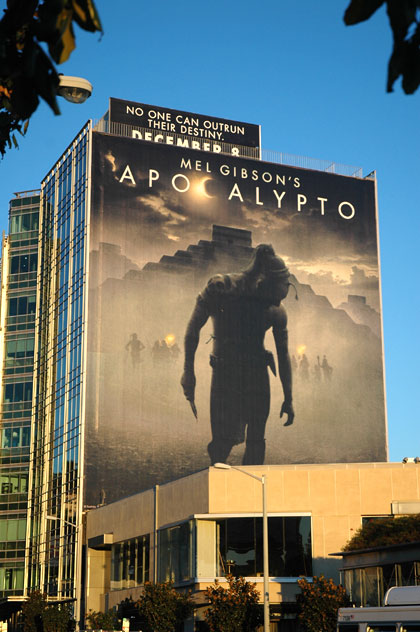



| « | November 2006 | » | ||||
| S | M | T | W | T | F | S |
| 1 | 2 | 3 | 4 | |||
| 5 | 6 | 7 | 8 | 9 | 10 | 11 |
| 12 | 13 | 14 | 15 | 16 | 17 | 18 |
| 19 | 20 | 21 | 22 | 23 | 24 | 25 |
| 26 | 27 | 28 | 29 | 30 | ||

| No One Can Outrun Their Destiny |




| All Clean |
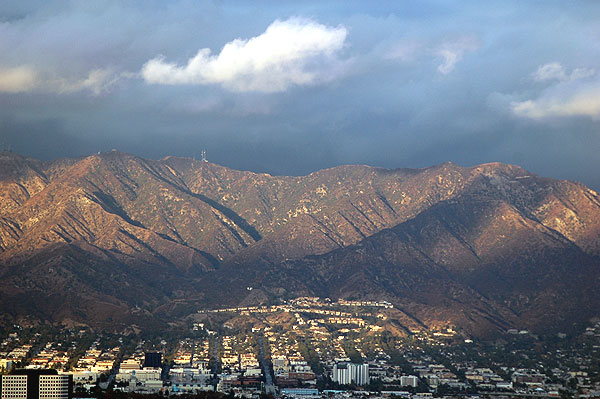

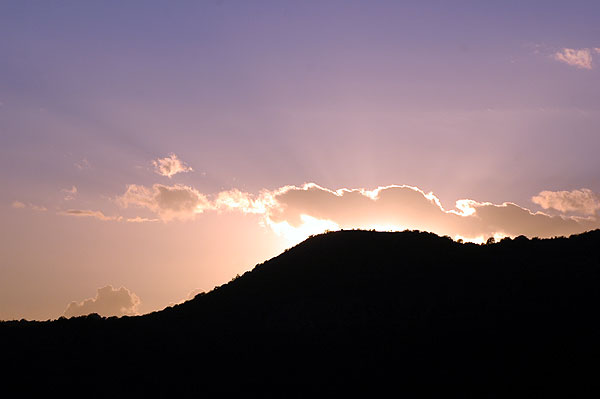
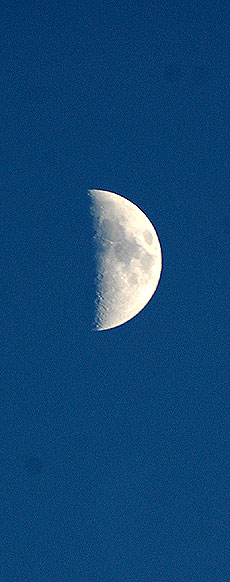
| Political Thought |

| Mixed Messages |

| Nightmare Fish |

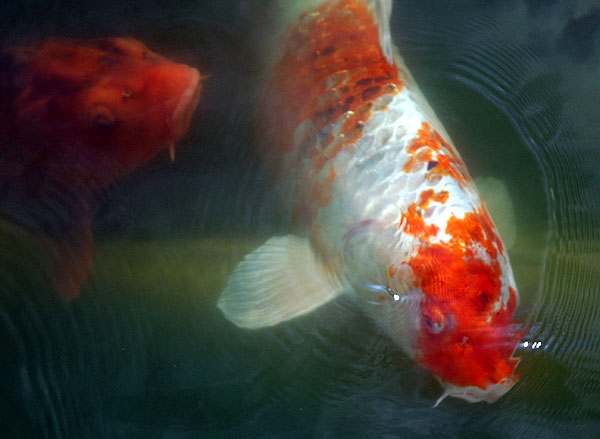
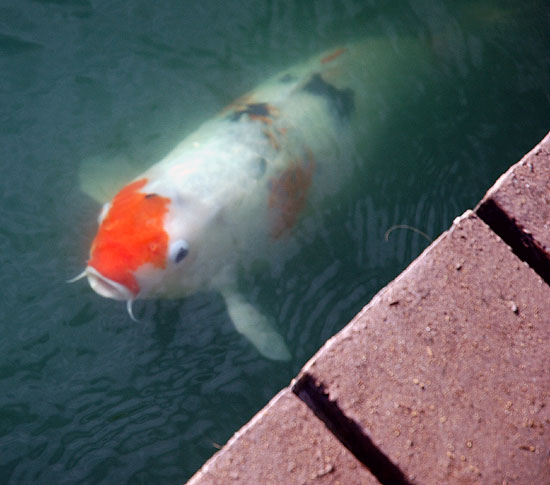
Note:
Koi are ornamental domesticated varieties of the common carp, Cyprinus carpio, that originated from China and widely spread in Japan. They are very closely related to goldfish, and in fact the style of breeding and ornamentation has become very similar, probably through the efforts of Japanese breeders to emulate goldfish, but they are not goldfish. Koi and tattoos of Koi are traditionally considered lucky. The word "koi" comes from Japanese. The original Japanese word koi simply means "carp," including both the dull grey fish and the brightly colored varieties. Nishikigoi is a more specific term for the ornamental carp. While a Chinese book of the Western Jin Dynasty (4th century) mentions carp with various colors, Koi breeding become popular in the 19th century in the Niigata prefecture of Japan. Farmers working the rice fields would notice that some carp would be more brightly colored than others, capture them, and raise them (when normally the brighter colors would doom the fish to be more likely eaten by birds and other predators). By the twentieth century, a number of color patterns had been established, most notably the red-and-white Kohaku. The outside world did not become aware of the degree of development until 1914, when the Niigata Koi were exhibited in the annual exposition in Tokyo. Some of them were also presented to Crown Prince Hirohito. At that point, interest in Koi exploded throughout Japan. The Hobby of keeping Koi spread worldwide after plastic bags and shipping of Koi became both fast and safe for the fish. These factors enabled Koi to be shipped worldwide with low mortality rates. Koi are now commonly sold in most pet stores, with higher-quality fish available from specialist dealers. Koi varieties are distinguished by coloration, patterning, and scalation. Ghost Koi, developed in the 1980s are metallic hybrids of wild carp and Ogon Koi and are not considered true Nishikigoi. Butterfly Koi, Longfin Koi, or Dragon Carp were also developed in the 1980s and are notable for their long and flowing fins. They are actually hybrids with Asian carp, and, like Ghost Koi, are not considered true Nishikigoi. The major named varieties include: